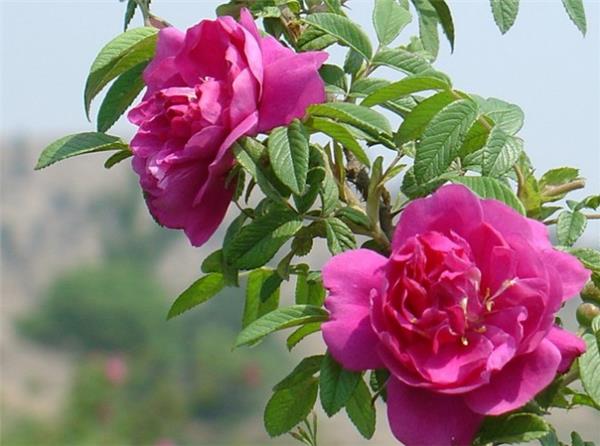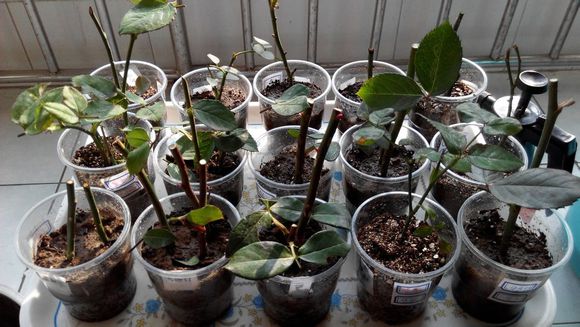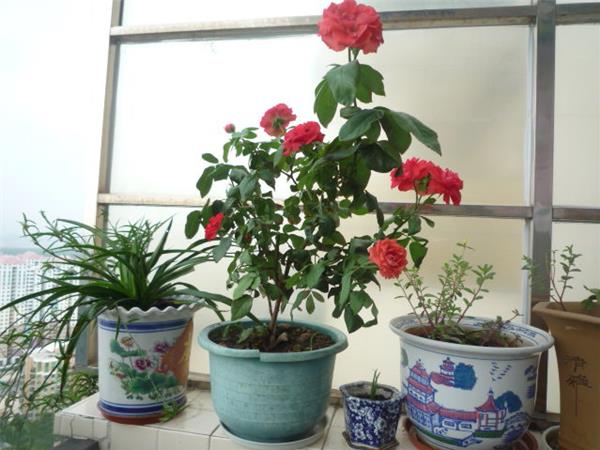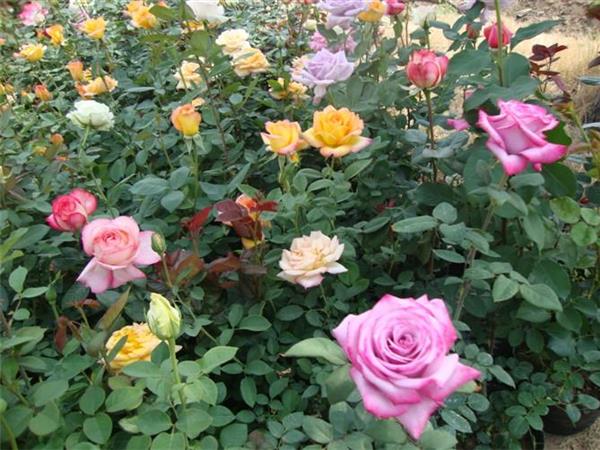Rose planting and cultivation care
Rose cuttings need to pay more attention to the selection of varieties, medium preparation and time selection. If any place is slightly neglected, it is likely to cause the phenomenon of rose cuttings dying.

Techniques of Rose Seedling Cultivation by Cutting
Ecological habits: robust growth, adaptability is very strong, cold-resistant, drought-resistant, lax on soil requirements. Likes sunny, cool, ventilated and well drained places.
Cuttings preparation: selecting healthy and well-developed lateral branches of the current year. Cut cuttings and immediately put them into water to prevent wilting. Leave 1 or 2 pairs of leaves, not too much, to reduce water evaporation.
Medium preparation: imported peat as the main medium, generally 80% imported peat +20% pearlite. The pH should be kept between 5.5 and 6.0. The medium should be filled as much as possible before the basin to prevent the medium from settling after watering. In addition, attention should be paid to the first watering to be divided into multiple watering, in order to make the medium completely watered, while avoiding changing the medium structure. After pouring, let the medium stand for several hours and then carry out the basin, can achieve the most suitable basin soil humidity. On the 16th day after the pot, pour enough water.
Time of cutting: Rose shoot cutting is generally carried out from mid-June to mid-August, depending on the growth status of seedlings. In the middle and late July, but to avoid even cloudy days, because even cloudy days of temperature, humidity and light are not up to the conditions required for cuttings rooting.

Interplant seedlings: it is best to choose cloudy days or morning and evening. Do not insert too much or too little density. Density too large ventilation effect is not good, prone to disease; density too small waste of resources. Generally, 450~600 plants per square meter are suitable. The depth of insertion into the substrate should be 3/5 to 2/3 of the cuttings, too shallow easy to lodge, too deep easy to rot. Spray water immediately after cutting to bring cuttings into close contact with substrate.
Transplanting management: choose cloudy days or transplant in the morning and evening. Before transplanting, irrigate the seedbed thoroughly to make the bed soft, so as not to damage the root system when seedling. Seedlings dug out with a shovel, gently shake off the matrix, planting spacing 10 - 15 cm, row spacing 30 - 40 cm. After planting, water immediately, then continuously irrigate 2 to 3 times, weed and loosen soil in time after slow seedling, so as to ensure that rose seedlings thrive.

Conservation and Management of Rose
Fertilizer and water management: roses are not strict with water and fertilizer requirements, generally combined with watering and applying fertilizer for 3 times. One is pre-flowering fertilizer, which is applied in furrows before spring bud shade, and it is better to add decomposed manure and rotten leaf soil; the other is post-flowering fertilizer, which is applied with decomposed cake fertilizer residue after flowering to supplement the nutrients consumed by flowering; the third is winter fertilizer, which is applied into manure after falling leaves to ensure the safe winter of roses.
Dwarfing treatment: paclobutrazol can effectively control plant height, and the same concentration can be used every time. It is recommended to use about 1500 liters of pesticide per hectare. Since paclobutrazol acts on the stem, it is necessary to allow the agent to contact the stem of the plant when spraying. Paclobutrazol is generally used one week after the second pull, at a concentration of 100ml/100L of water. Yellow and pink varieties need to be used twice, and other varieties only need to be used once.
Plastic pruning: Because the rose flowers were born at the top of the branch, so before flowering should not try to cut short, can be cut as appropriate. Old plants can be pruned through dense branches, withered branches and diseased branches. After flowering should be cut off in time to accumulate nutrients.
Disease and pest control: aphids, moths harm plants tender and leaves, available 40% omethoate 2000 times liquid spray. Often powdery mildew and rust damage, available 65% zinc wettable powder 600 times spray, rust with 20% chlorhexidine EC 400 times spray.

Roses are beautiful in shape and rich in color. They are a kind of ornamental plants that people can see at a glance. Roses for indoor potted culture generally need to be dwarfed, but it can also be used for planting, decorating courtyards, walls and other places, with a good landscaping effect.
Related
- Wuhan Hospital Iron Tree Blooming Result Was Instantly Frightened by the Gardener Master
- Which variety of camellia is the most fragrant and best? Which one do you like best?
- What is the small blue coat, the breeding methods and matters needing attention of the succulent plant
- Dormancy time and maintenance management of succulent plants during dormancy
- Minas succulent how to raise, Minas succulent plant pictures
- What are the varieties of winter succulent plants
- How to raise succulent plants in twelve rolls? let's take a look at some experience of breeding twelve rolls.
- Attention should be paid to water control for succulent plants during dormant period (winter and summer)
- Watering experience of twelve rolls of succulent plants
- Techniques for fertilizing succulent plants. An article will let you know how to fertilize succulent plants.



